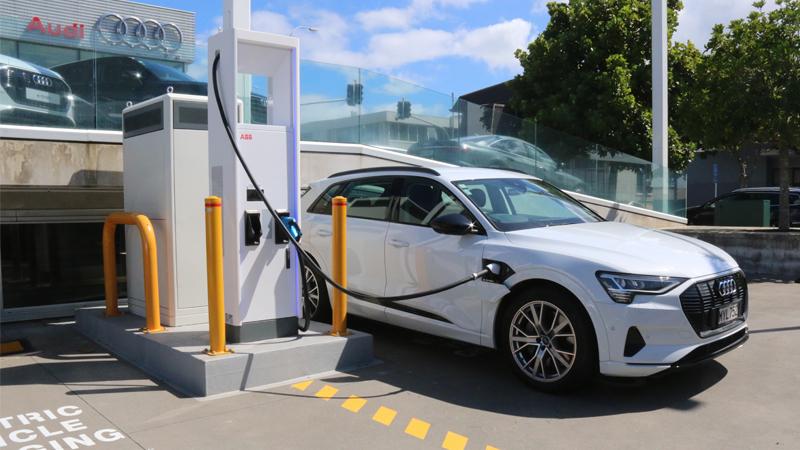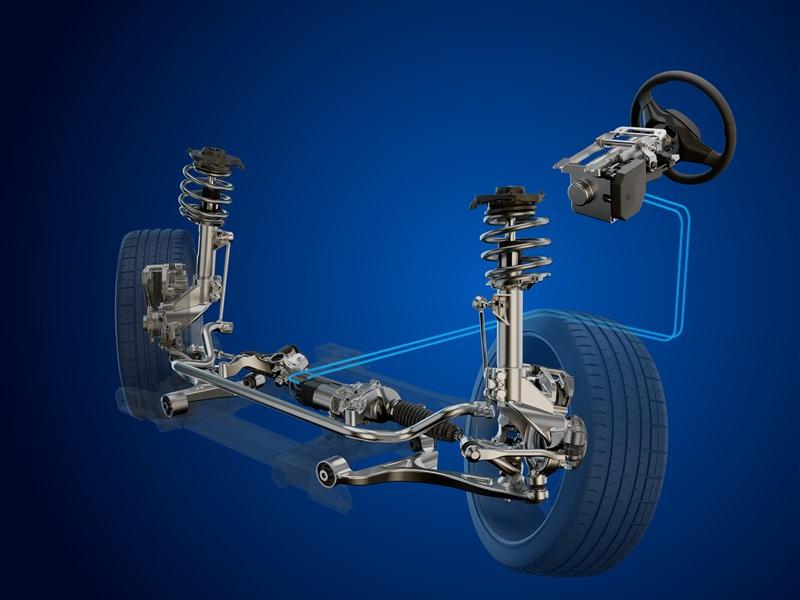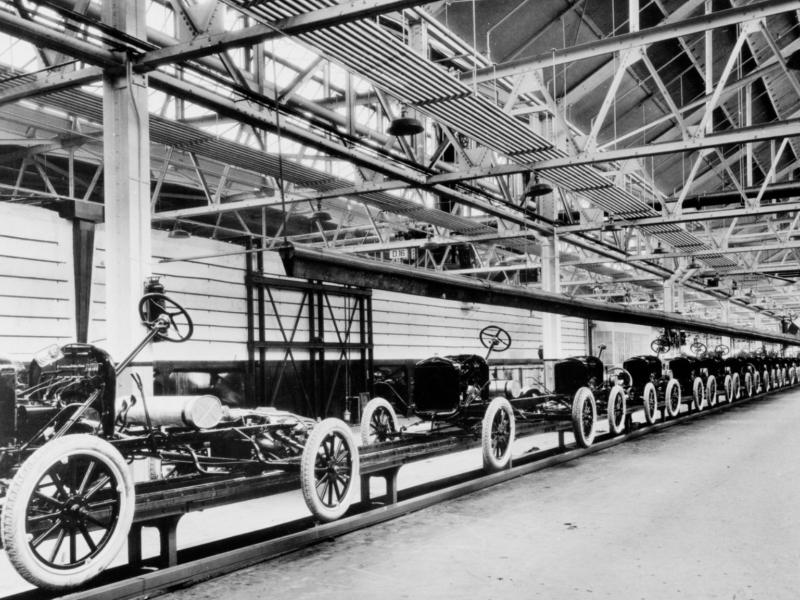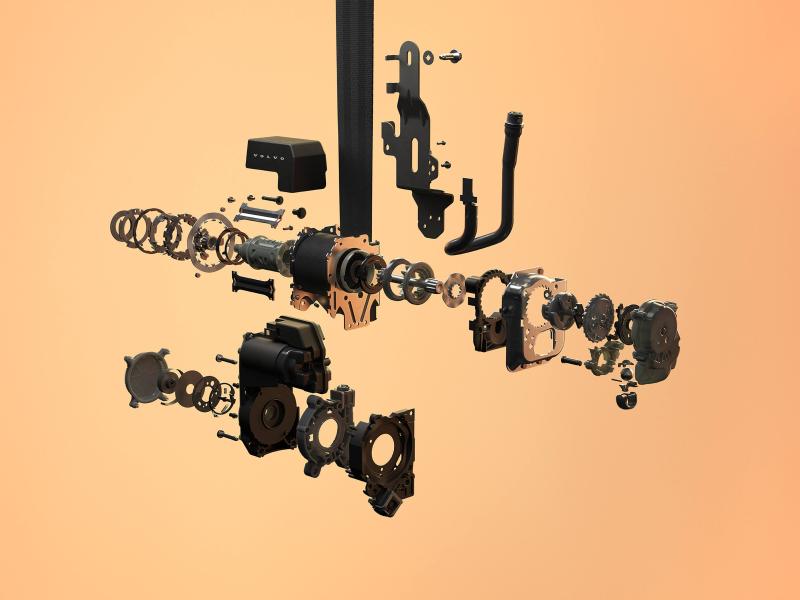We talk to Audi about their EV journey from the after sales and service perspective.
Last year at an Audi Drive day at Hampton Downs Audi GM Dean Sheed was talking about their journey to install 50kW or better EV chargers at all their dealerships as they look to expand their portfolio of EV and PHEV models. We thought a more in-depth-follow-up would be of interest, so we spoke with Duane Jarrett, Audi NZ Dealer Development and Training Manager and visited the Giltrap Audi Dealership.
Audi have a comprehensive programme to ensure dealerships have the trained staff, specialised tooling, safety equipment and charging equipment to allow them to service and support Audi EV’s.
This started with their Master Technical Trainer heading to Germany for the initial training so he could in turn train the New Zealand team.
Audi dealerships have three levels of technician – Service Technician, Diagnostic Technician and Master Technician. With EV’s they now also have High Voltage Technicians (HVT’s) – initially these were Master Technicians, but the training is spreading with just over half the technicians now HVT’s with a target of over 80 percent in the near term.
Only an HVT can work on a vehicles HVT system and a non HVT technician can only work on other parts of a vehicle if the HVT has first isolated the High Voltage system (for instance do say brake pad changes). The HVT training not only encompasses repairs to the system, but a knowledge base on the technical and health and safety hazards relating to High Voltage systems (specified as over 400 volts). They can do any repairs up to removing the battery pack from the vehicle (they are removed downwards).
There is a higher qualification of High Voltage Expert, who can work on the batteries which are modular (typically 36 modules or cells). These experts can remove and replace these modules, currently there are two HV Experts in New Zealand so they need to go to the dealership and do the battery repair and then the HVT can replace the battery in the car. As the EV carpark increases dealerships may have an onsite HV Experts.
The HVT training is a multi-day programme. Part of this uses new digital tools including smart glasses, AR applications via iPads and VR to conduct repairs virtually. In addition, all staff in the dealership including sales, groomers etc are trained as EIP’s – Electrically Instructed Persons – this is an online course containing four modules covering the knowledge they need around an EV.
Each dealer is required to have a dedicated EV service bay, this has an EV charger (Min 7.2kW AC), a 3.5t lifting hoist with a configuration that allows the downward battery removal (battery is pretty much the area of the floor pan), suitable safety equipment, barriers and signage (to go around a car being serviced) and suitable ventilation and light. Additionally, there needs to be space adjacent to the bay where a removed battery can be placed. The bay should be as close to the workshop entrance as possible in case the vehicle needs to be removed urgently.
This brings us to a key part of the Audi requirements, a safe quarantine area. This is an area that an EV can be taken to if it arrives with a damaged or potentially damaged battery or damage is found during servicing as there is a small but real risk of spontaneous combustion from the battery. This area must be outside where a minimum of six car parks can be emptied easily to provide the quarantine space with the EV in the centre of the space. It should be outside the visible range of customers, not in the immediate vicinity of a building and have special signage, in some cases this requires a bunker to be constructed.
Apart from generic safety equipment such as insulating gloves, aprons, shepherds crooks and rubber floor mats each EV model has its own specialised factory tooling package which covers items such as diagnostic adapters through brackets for safe motor removal and can cost up to $20,000 per model. They also need a two-level engine table for battery removal.
The dealers are looking to future proof their service business as with EV’s become more popular the amount of service work will decrease as they require less servicing. They are already diversifying into supplying tyres, tyre repairs and alignment work rather than outsourcing this, windscreen repairs and ADAS calibration and minor panel repairs to diversify their business.
In terms of chargers each dealership must have at least a 50kW DC charger (these are the size of the common fast public chargers) in many cases they will have one external unit and one in the workshop. Some of the larger dealers (Auckland and Christchurch) have also installed 175kW chargers. Giltrap Audi are in the process of putting their external 50kW and 175kW chargers on the ChargeNet system so they are publicly available. In addition, the EV bays and delivery bay need at least 7.2kW AC chargers (Each new Audi comes with a 7.2kW charger). This is a considerable investment as the dealership needs scoping for location of the charger and potential wiring and power supply upgrades. Audi is using Singer Electrical and ABB chargers for these installations.
Preparing for EV servicing is a journey, one which most repairers will need to embark on as EV’s and PHEV’s become more popular.






